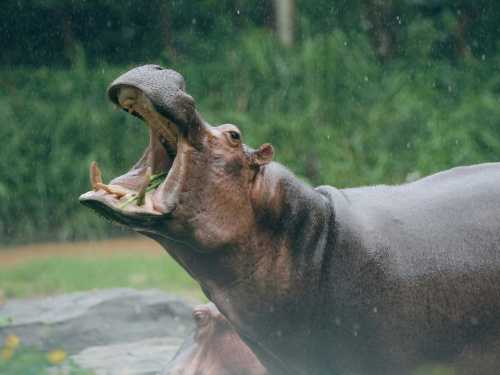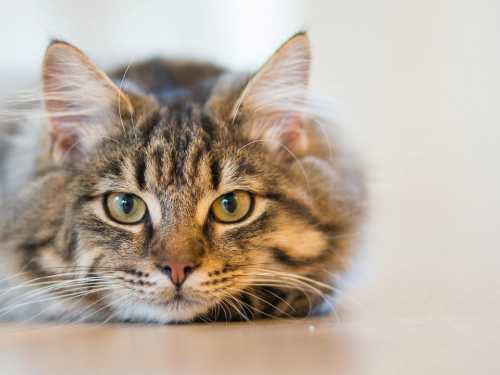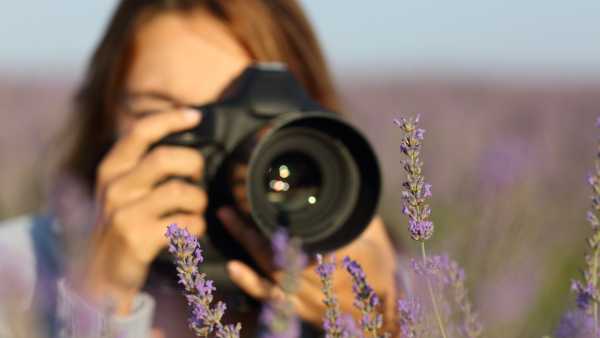
The hippopotamus is one of the symbols of African rivers and lakes. It is not a predator or a “bloodthirsty machine”, but a large herbivorous mammal, whose behavior is determined by territoriality, protection of offspring and competition for resources. At the same time, hippos are regularly included in the list of the most dangerous animals in Africa for humans – primarily because of their strength, size and unpredictability when approaching their space.
Dimensions and anatomy of power
An adult hippopotamus weighs several tons and is second only to elephants among land animals in terms of mass. Thick skin acts as a natural “armor”, and the jaws are the main tool of defense. The hippopotamus can open its mouth very wide (approximately up to one and a half hundred degrees), and its bite force is one of the most powerful in the animal world. Long fangs (up to 50-60 cm) and strong neck muscles allow it to inflict serious injuries on rivals and anyone who violates the boundaries.
Not “evil” – territorial
It is a mistake to attribute human emotions like “hatred” to animals. Hippos do not attack “out of principle”, but fiercely defend what they consider theirs: water outlets, the path from pastures to a reservoir, a section of the river, cubs. The approach of boats, people or other animals to this zone is often perceived as a threat. On land, a hippopotamus is capable of developing speeds of up to 30-40 km/h in short bursts, and in the water it feels confident and maneuverable – which is why close encounters are dangerous both on the shore and in the water.
Male fighting and the price of dominance
The social life of hippos is harsh. Males compete for territory and access to females, and fights can be truly bloody: deep fang cuts, torn scars, exhaustion. Even victory does not guarantee peace – status has to be confirmed again and again. In such conditions, the risk of injury and death is high, which is part of the natural dynamics of the species.
Babies under special care
Females are very protective of their young, both from predators and from adult males. Infanticide—the killing of a baby by a male—is documented in hippos and is explained by reproductive strategy: removing the infant may hasten the female's return to mating. This is a harsh but biologically understandable mechanism of competition—not “cruelty” in the human sense.
What's actually on the menu?
Hippos are mostly nocturnal “herders” of grass. Their diet consists of various types of vegetation, which they eat daily in pastures. Isolated cases of consumption of meat or carrion are described – behavioral exceptions, not the norm. Hippos do not hunt humans and do not consider crocodiles or antelopes as “habitual prey”, conflicts with other animals are mostly related to territory or protection of young.
Why do people suffer?
It is estimated that every year on the continent, from hundreds to several thousand incidents involving hippos with tragic consequences are recorded. The most common scenarios are the sudden appearance of the animal near the water, blocking the route between the reservoir and the pasture, and capsizing small boats. In the habitats of hippos, the rules are simple: keep your distance, do not stand between the animal and the water, do not approach females with babies, and follow the instructions of the guides.
Who are the relatives of the hippopotamus?
In terms of evolutionary relationships, hippos are closer to cetaceans – whales and dolphins.
The hippopotamus is not a monster or a hero of sensational stories. It is a large herbivore with colossal strength, complex social behavior and a clear sense of its own space. Respecting its boundaries means respecting wildlife. And where people and hippos intersect, a simple safety rule applies: approach less, observe more.





